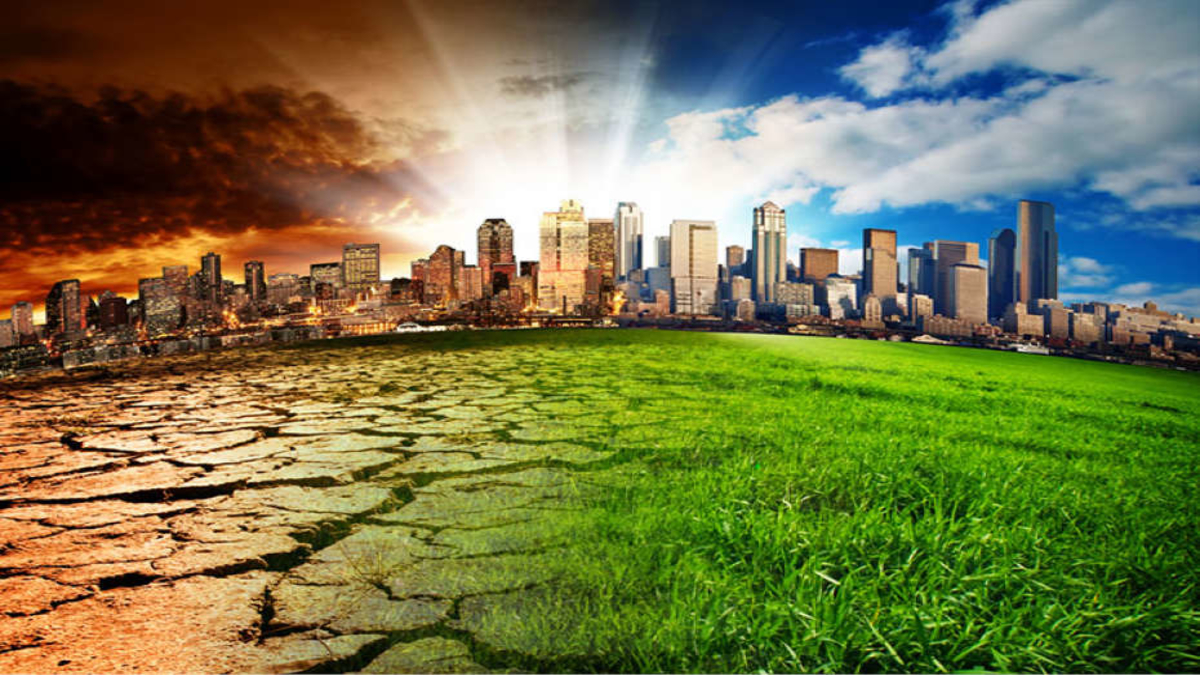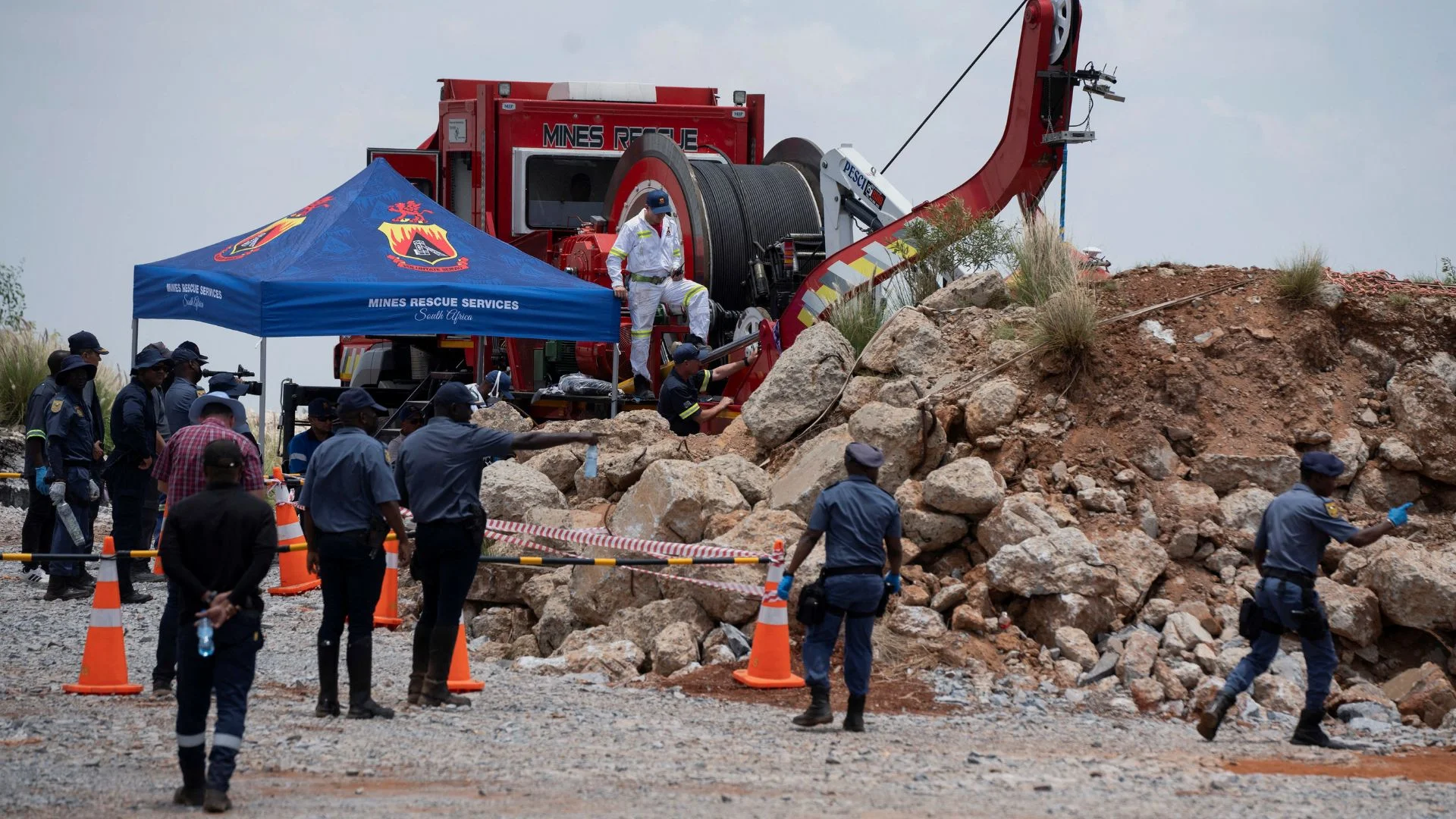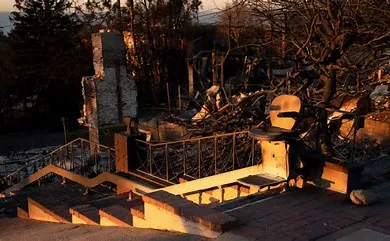The adverse effect of climate change started showing up from the year 2019. India is already experiencing the consequences of 1°C of global warming. Oil and gas leak in Assam, Kerala floods, cyclone Nisarg, Bihar heat wave, all of these are the result extreme weather conditions. Now it’s no more climate change, it’s climate crisis as scientists and environmentalists say.
The history of climate change dates back to 1950 during industrial revolution. Carbon dioxide levels in atmosphere were moderate until then. Carbon dioxide records started breaking in 1950, and there’s no stop since then. There’s 95% chance that human activity- like burning more fossil fuels, oil that release CO2 to power factories, airplanes and cars is the cause, says scientists.
The hurricanes, drought, cyclone, heatwaves devastated millions of people in our country in past few year. It effects our country and is one of the biggest threats to economic stability.
Flood in India in 2019 caused $10 billion of economic damage – about 10% of global economic losses from flooding and about 11.8 million people were affected by it. Out of 8 topical cyclones in 2019-20, 6 were listed under severe category and it affected around 28 million people and the estimated loss was 8.1 billion dollar.
Climate change is causing soil erosion, land degradation, desertification, increasing frequency of droughts, and warming temperatures, all of which will pose food security. The severity of climate change effects India’s agricultural sector and overall economy
Dellolite economic institute in a study warned If India fails to take determined, firm and affirmative step for the climate change, then we would suffer economic loss of 6 trillion dollar by 2050 in 5 major sector- service, manufacturing, retail, tourism, construction and transportation. And all of this constitutes 80% of India’s GDP.
What is India’s response to this climate emergency ?
Under the 2015 Paris Agreement, India set three major goals to be achieved for the period between 2020 and 2030—increase the share of non-fossil fuels to 40% of the total electricity generation capacity, to reduce the emission intensity of the economy by 33 to 35% by 2030 from 2005 levels, and to create additional carbon sink of 2.5 -3 billion tonnes of CO2 equivalent through additional forest and tree cover. India is the only major country to be on track to achieve its targets set out in the landmark Paris climate agreement, according to the UN
In April 2021, India’s largest private firm Reliance Industries joined hands with the US-based Chart Industries have to commercialise hydrogen technologies and boost hydrogen production. On August 15, Prime Minister Narendra Modi also announced a National Hydrogen Energy Mission, in a push to reduce carbon emissions.
Investing in green sectors like renewable energy, public transport and land restoration can create new jobs, stimulate economic growth. It can lead to massive savings in fuel costs.
Fighting climate change will require big, systematic changes in the energy system, as well as the housing and insurance markets and many other parts of the economy that are hard for any individual to influence. But it still doesn’t hurt to curb our personal carbon footprint by using less plastic, driving and flying less, eating less meat and planting more tress.























